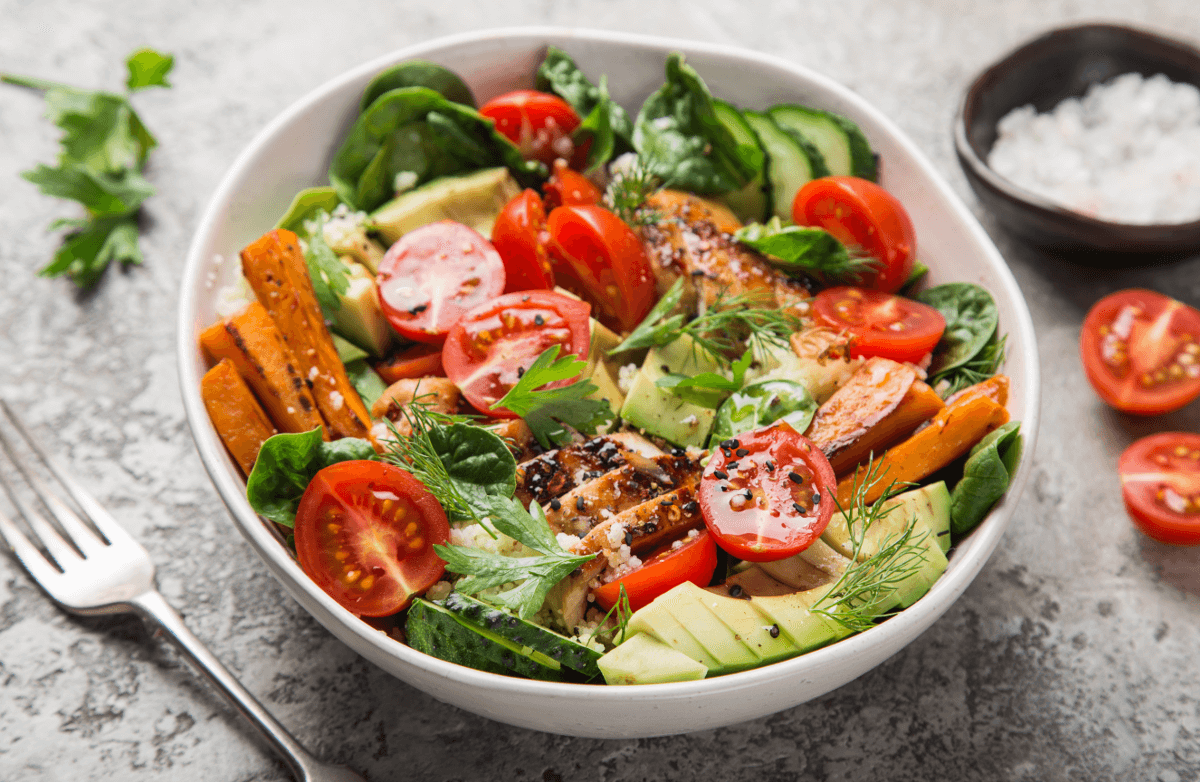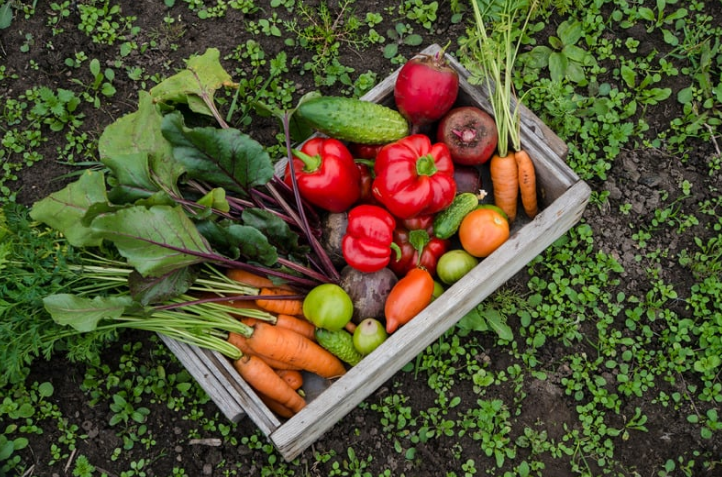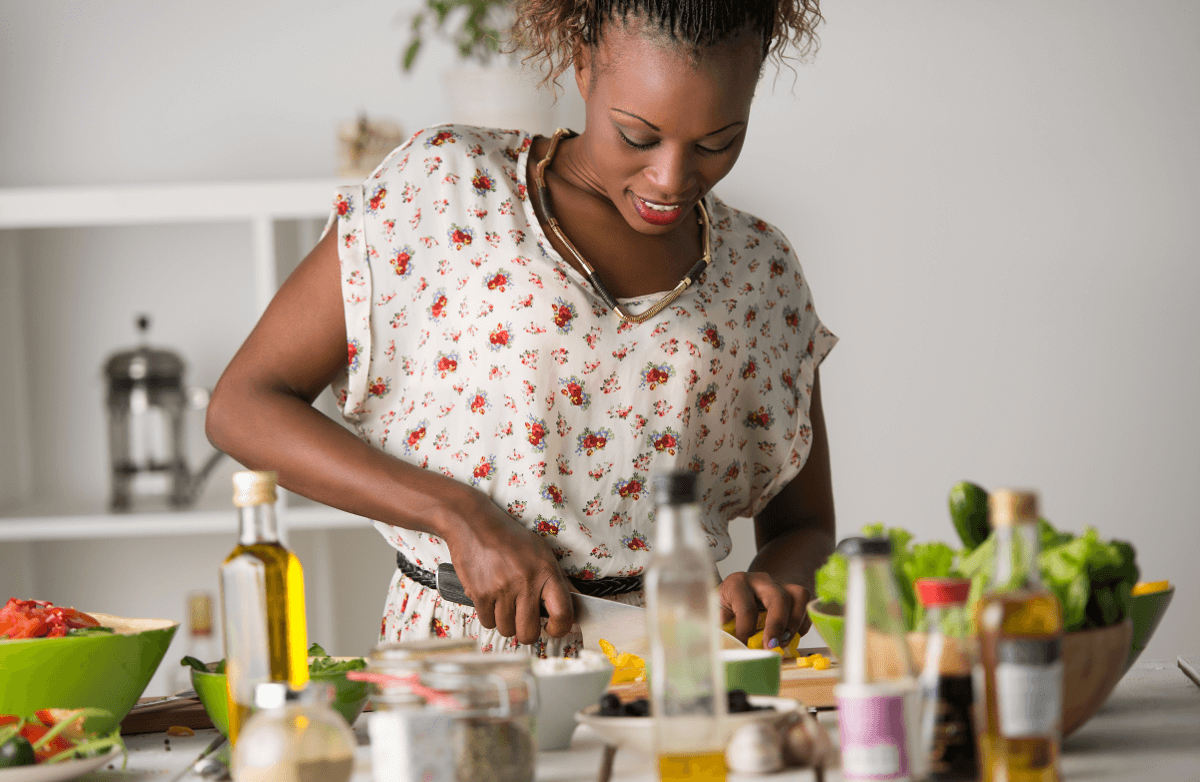For most people, weight loss comes with a price tag. Between purchasing gym memberships, workout clothes and healthier foods, losing can cost you. But as with any other life-changing endeavor—like wallet-busting weddings and pricey baby registries—there are plenty of unnecessary healthy-living expenses that can be trimmed right along with your waistline.
The next time you're headed out grocery shopping or to dine out at a restaurant, consider steering clear of these non-essential budget busters.
Bottled Salad Dressings
Ready-to-pour dressings may be high on taste and convenience, but they also pack plenty of added sugars, artificial colors and flavorings, and other processed ingredients. To save money and peace of mind, try making your own by mixing olive oil and balsamic vinegar—or try one of these healthy homemade recipes to keep your salads low on cost and calories.
Flavored Yogurt
Yogurt may seem like a sure thing when it comes to choosing healthy snacks, but some of the pre-flavored varieties have just as much sugar as a Twinkie and only contain a fraction of a serving of actual fruit. If you have to have some extra sweetness in your plain yogurt cup, try adding berries, bananas, honey, cinnamon, apple butter or granola.
Veggie Chips
Don't be fooled by the healthy-sounding name—packaged veggie chips have many of the vegetables’ original vitamins and nutrients processed right out of them. "A serving of veggie chips isn’t a healthy substitute for fresh, frozen or even canned veggies," says registered dietitian Toby Amidor. Plus, they're pretty much in the same ballpark as regular potato chips when it comes to fat and calorie content.
Before choosing a veggie chip, Amidor recommends looking closely at the nutrition information on the label. "If you find that the food contains a high amount of calories and saturated fat, but very few good-for-you nutrients such as fiber, vitamins and minerals, then skip it."
Cold-Pressed Juices
That expensive bottled green juice may not be worth the money when it comes to investing in healthy hydration. "Juices typically consist of only the naturally-occurring sugar found in fruits and vegetables, with the fiber stripped away and no protein or fat," says registered dietitian Chelsey Amer. "After drinking a juice on its own, you may be left with a blood sugar spike, which won't satisfy and satiate you."
Instead, Amer prefers to make her own green smoothies at home. "When I blend a variety of veggies and fruit, I'm keeping the fiber in the final product, plus I can add other ingredients with protein and fiber to create a more well-rounded snack or meal," she says. "Lately, I've been loving my chocolate berry smoothie made with wild frozen blueberries, frozen beets, zucchini, spinach, chocolate protein powder and avocado [all] blended together with some non-dairy milk."
Granola Bars
They may seem like a healthy grab-and-go breakfast or snack, but store-bought granola bars are often packed to the gills with sugar, preservatives and artificial ingredients. Omit the unwanted ingredients—and save a little dough—by making your own granola bars at home with whole grains, natural sweeteners, healthy nuts and dried fruit.
Canned Soup
Although it may not be a particularly high-ticket item at the grocery store, soup can be even more economical if you make your own with veggies, broth, leftover meat and any other ingredients you want to use up. Plus, it will be less processed and much healthier than canned or frozen soups. You can also prep a big batch and then freeze it in single-size portions, so you'll always have some ready to grab.
Flavored Water
For those who are underwhelmed by plain water's lackluster taste, flavored water can make hydration a lot more exciting—but the trade-off could be added sugars (or sugar substitutes), artificial colors and other unhealthy additives. Instead of buying those pricey bottles, go the cheaper—and more natural—route by flavoring your water with fresh fruit.
Matcha Anything
Although matcha tea does have the antioxidant equivalent of three cups of green tea, Amer says it's not necessary to buy pricey brews in order to get your fill for the day. "Sipping several cups of green tea and/or eating a diet rich in fruit and vegetables can help you meet your antioxidant needs for the day just as easily," she says.
Fermented Veggies
The recent (well-warranted) buzz around gut bacteria has led to a flurry of fermented foods in the market, from kombucha and kefir to sourdough and sauerkraut—but health coach and cookbook author Liza Baker cautions against letting the trend whittle away at your wallet. "These foods are typically sold at premium prices," she warns. "In my hometown, a 12-oz kombucha will set you back $4 to $5, and a pint jar of fermented veggies will cost you upwards of $10. These can be made at home for about $2, [with] 10 minutes of prep plus 10 days of waiting." By learning how to make fermented veggies at home, you'll preserve a lot of produce at its peak and also keep your grocery budget slim and trim.
Gluten-Free Processed Foods
Unless you have a true sensitivity to gluten, Amer says it's probably not necessary to drop the extra money on gluten-free snacks, breads and other processed foods, which are usually significantly more expensive than their "regular" counterparts. If you are concerned about your intake of gluten or processed foods, remember, everything in moderation.
There's no reason your grocery budget has to grow in order for your waistline to shrink. By finding DIY versions of these high-priced health foods, you can maintain control of both your finances and your physique.







.jpg)



.jpg)

